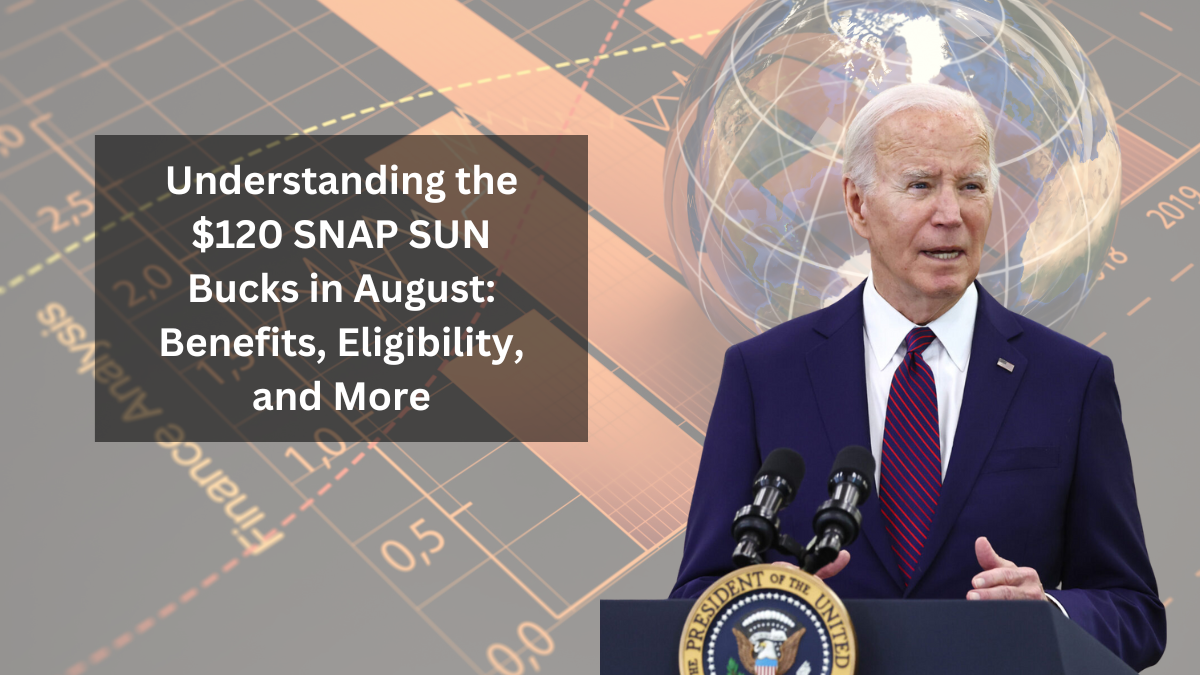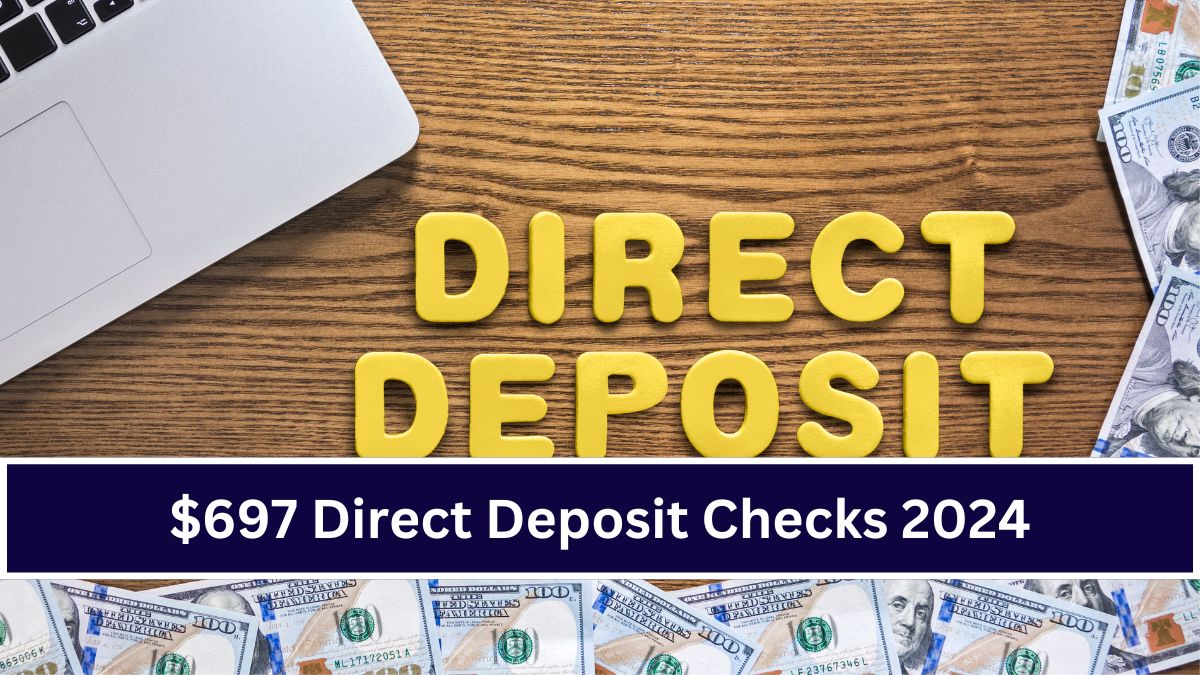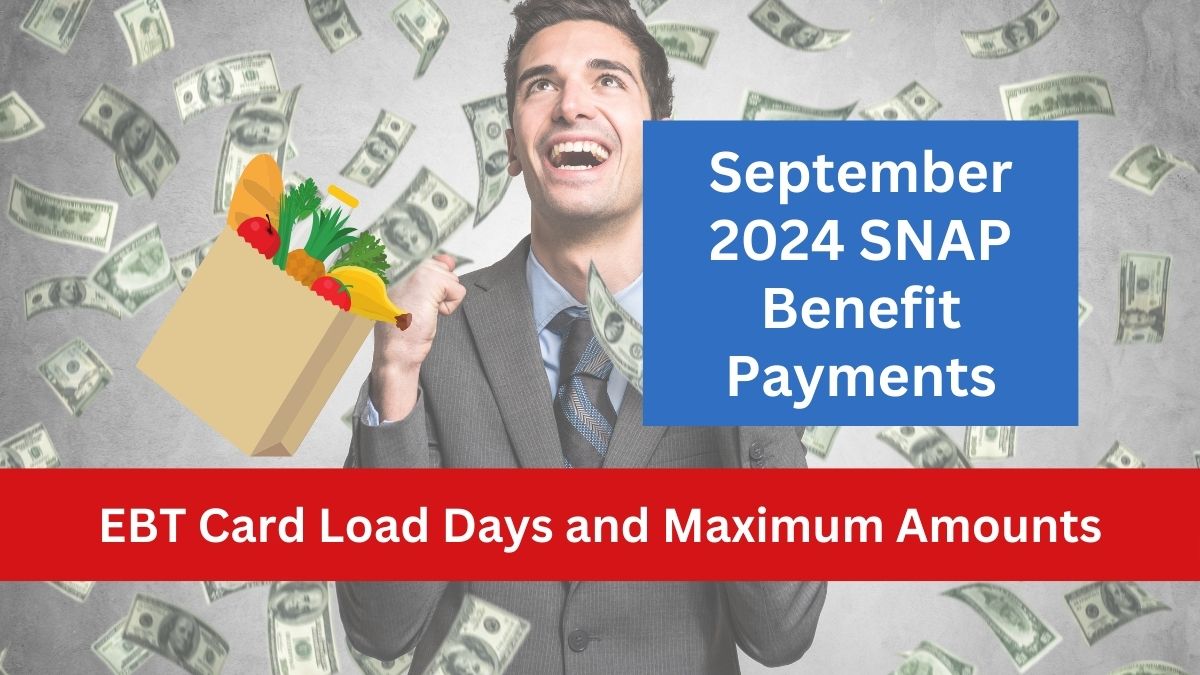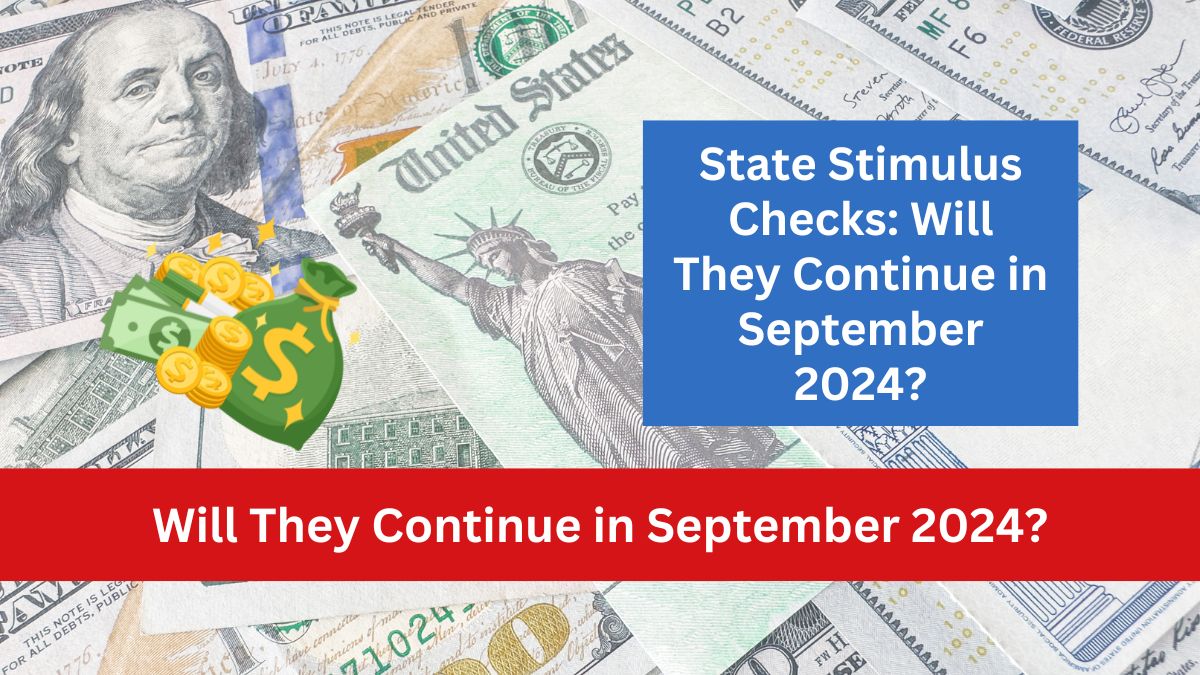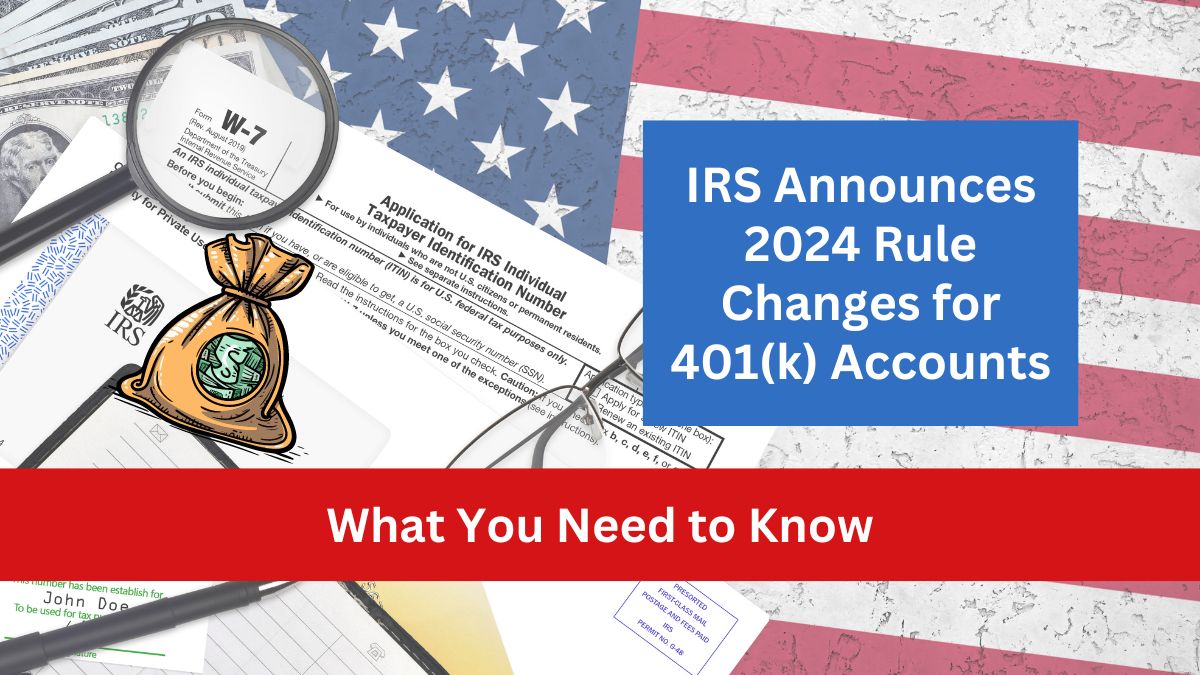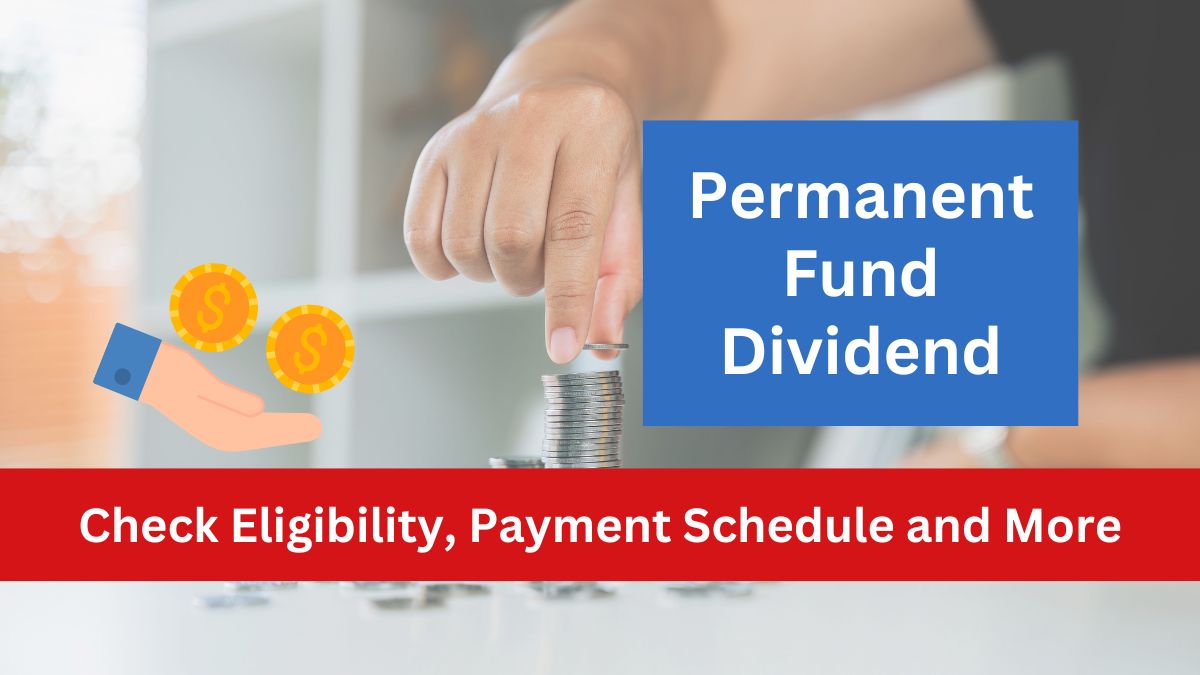If you’re living in California and navigating food assistance programs, you may be curious about how SNAP (known as CalFresh in California) and SUN Bucks differ, especially in August.
While most SNAP recipients have already received their payments for the month, SUN Bucks—a lesser-known but equally vital program—may still have payments on the way. Here’s a breakdown of the key differences and essential details you need to know.
$120 SNAP SUN Bucks in August
SNAP, or CalFresh in California, is a federal program providing year-round grocery assistance to low-income households. Its primary aim is to help individuals and families who struggle to meet their food needs on an ongoing basis.

SUN Bucks, on the other hand, is a seasonal program designed to bridge the summer food gap for school-aged children who might otherwise miss out on school meal programs. Although both programs address food insecurity, they serve different purposes and populations.
Eligibility
The eligibility requirements for SNAP are primarily based on income and household size. Generally, a household’s gross monthly income must be at or below 200% of the federal poverty level to qualify. For example, a single-person household can earn up to $2,430 monthly to be eligible, with an additional $858 allowed for each extra household member.
SUN Bucks has a simpler eligibility process. Children automatically qualify if their household already receives SNAP, TANF, FDPIR, Medi-Cal, or if they qualify for free or reduced-price school meals. For those who don’t meet these criteria, eligibility may still be possible through an Alternative Income Form or a School Meal Application.
Benefits
The benefit amounts for SNAP and SUN Bucks differ significantly. SNAP benefits vary according to household size and income, with a single-person household receiving up to $281 per month and larger households receiving more.
SUN Bucks, however, offers a flat rate of $120 per eligible child, meant to cover the food costs during the summer months when school meals are unavailable.
Distribution
The methods of distributing these benefits also differ. SNAP benefits are loaded monthly onto an Electronic Benefits Transfer (EBT) card, which can be used like a debit card at grocery stores.
SUN Bucks are distributed over the summer in stages through a separate SUN Bucks EBT card. These cards are mailed to eligible children’s households based on the child’s last name, with the distribution occurring between June and August.
Timing
While SNAP benefits are issued monthly, SUN Bucks operates on a one-time summer payment schedule. Depending on the child’s last name, SUN Bucks cards might already have been received or could still be on the way.

For example, families with children whose last names start with M-Z may still receive SUN Bucks through August. Even if you were not automatically qualified initially, there is still an opportunity to apply before August 31, 2024, to receive the $120.
Understanding the differences between SNAP and SUN Bucks is essential for maximizing the benefits available to your family. While SNAP provides ongoing support, SUN Bucks offers critical help during the summer months when children are out of school.
Each program has specific eligibility criteria, benefit amounts, and distribution schedules tailored to meet the varying needs of California’s residents.
Conclusion
In conclusion, understanding the distinct roles and benefits of SNAP (CalFresh) and SUN Bucks is crucial for California residents seeking to maximize their food assistance during August. While SNAP provides year-round support to low-income households, SUN Bucks offers targeted relief during the summer months for school-aged children.
By being aware of the eligibility criteria, benefit amounts, and distribution methods of both programs, families can ensure they receive the assistance they need. Whether you’re relying on SNAP for continuous grocery help or looking forward to the $120 SUN Bucks to cover summer meals, staying informed about these programs can make a significant difference in meeting your family’s food needs.
Q1. What is the difference between SNAP and SUN Bucks?
A. SNAP (CalFresh) provides ongoing grocery assistance to low-income households year-round, while SUN Bucks is a seasonal program aimed at covering food costs during the summer for school-aged children who may miss out on school meals.
Q2. Who is eligible for SNAP in California?
A. Eligibility for SNAP is based on income and household size. Generally, households must have a gross monthly income at or below 200% of the federal poverty level to qualify.
Q3. How much do SNAP and SUN Bucks provide in benefits?
A. SNAP benefits vary depending on household size and income, with a single-person household receiving up to $281 per month. SUN Bucks provides a flat rate of $120 per eligible child for the summer months.
Q4. How are SNAP and SUN Bucks benefits distributed?
A. SNAP benefits are loaded monthly onto an Electronic Benefits Transfer (EBT) card. SUN Bucks are distributed through a separate SUN Bucks EBT card, sent to eligible children’s households based on the child’s last name from June to August.
Q5. Can I still apply for SUN Bucks in August 2024?
A. Yes, you can still apply for SUN Bucks before August 31, 2024, if your child is eligible but was not automatically qualified earlier.
